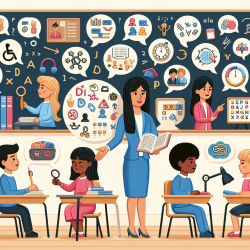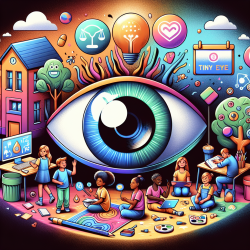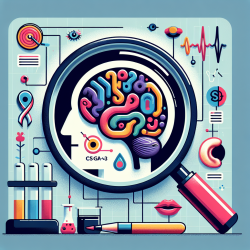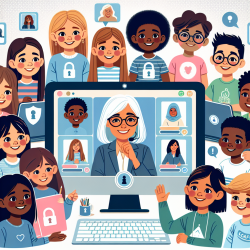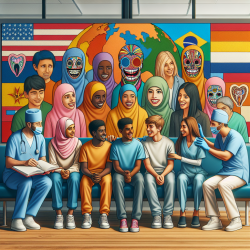Understanding and Addressing Dyslexia, Dysgraphia, and Dyscalculia in Schools
As a Special Education Director, it is imperative to stay informed about the various learning disabilities that affect students and how to address them effectively. Dyslexia, dysgraphia, and dyscalculia are three specific learning disabilities that can significantly impact a student's academic performance. Understanding these conditions and implementing appropriate interventions and accommodations is crucial for fostering an inclusive and supportive learning environment.
Defining the Learning Disabilities
Dyslexia is a specific learning disability characterized by difficulties with accurate and fluent word recognition, poor spelling, and decoding abilities. These challenges typically result from a deficit in the phonological component of language, often unexpected in relation to other cognitive abilities.
Dysgraphia affects how easily children acquire written language and how well they use written language to express their thoughts. It involves difficulties with handwriting, spelling, and sometimes written expression.
Dyscalculia is a learning disability that complicates mathematical concepts, including accessing and applying mathematical skills. It affects a student's ability to understand numbers and learn math facts.
Legal Compliance and Identification
Under the Individuals with Disabilities Education Act (IDEA), dyslexia, dysgraphia, and dyscalculia are recognized as specific learning disabilities. Schools are required to provide appropriate services to meet the individual needs of qualified students. This includes conducting comprehensive evaluations to determine eligibility for special education services.
Schools must use a variety of assessments to evaluate students suspected of having these disabilities. The evaluation process should be thorough, considering the student's educational history, cognitive abilities, and specific areas of difficulty.
Intervention and Support
Interventions for students with dyslexia, dysgraphia, and dyscalculia should be evidence-based and tailored to the individual needs of the student. Structured Literacy is a recommended approach for students with dyslexia, focusing on explicit, systematic, and cumulative instruction in phonology, sound-symbol association, syllable instruction, morphology, syntax, and semantics.
For dysgraphia, interventions should address fine motor skills, visual-spatial awareness, and language processing. Students may benefit from explicit handwriting instruction, spelling strategies, and support in organizing thoughts for written expression.
Students with dyscalculia require interventions that focus on building foundational math skills, using multisensory approaches, and providing concrete examples to aid understanding. Interventions should be systematic and include frequent practice and review.
Accommodations and Assistive Technology
Accommodations are changes in the curriculum, instruction, or testing format that enable students with disabilities to participate in the general education curriculum. These may include extended time on tests, use of audiobooks, or access to assistive technology.
Assistive Technology (AT) plays a vital role in supporting students with learning disabilities. Tools such as text-to-speech software, speech-to-text applications, and calculators can help students access learning materials and demonstrate their knowledge effectively.
Promoting an Inclusive Environment
Creating an inclusive learning environment involves understanding the unique needs of each student and providing the necessary support to help them succeed. This includes ongoing professional development for educators, collaboration with parents, and ensuring that all students have access to the resources they need.
By implementing comprehensive evaluations, targeted interventions, and appropriate accommodations, schools can ensure that students with dyslexia, dysgraphia, and dyscalculia receive the support they need to thrive academically and socially.
For more information, please follow this link.
